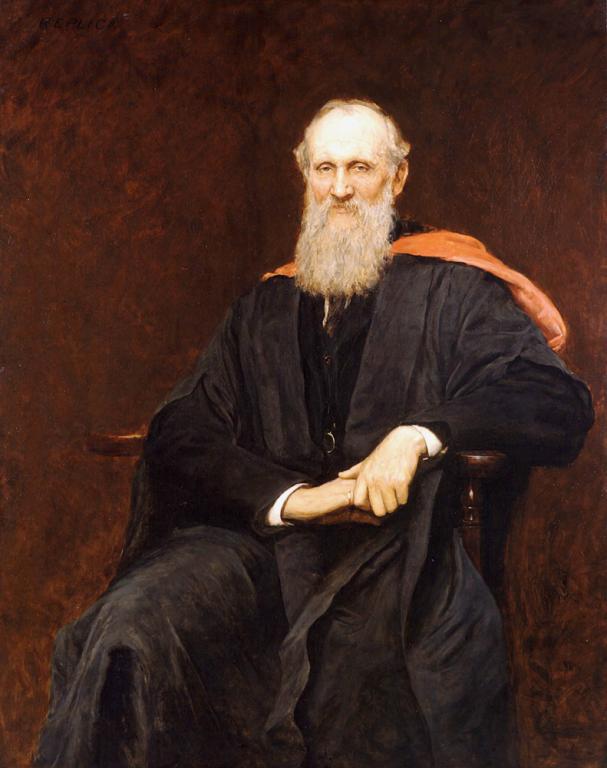
The mathematical physicist and engineer William Thomson, Lord Kelvin (1824-1907), was by no means a fool. On the contrary, he was a genuinely great scientist, in a multitude of fields. President of the Royal Society for more than five years, he was knighted and later ennobled, becoming the first British scientist to join the House of Lords. When he died, he was buried in Westminster Abbey beside Sir Isaac Newton. A host of physical phenomena and scientific concepts bear his name, including the standard unit of absolute temperature measurement, the “kelvin.”
“Lord Kelvin was so satisfied with this triumph of science that he declared himself to be as certain of the existence of the ether as a man can be about anything. . . . ‘When you can measure what you are speaking about, and express it in numbers, you know something about it. . . .’ Thus did Lord Kelvin lay down the law. And though quite wrong, this time he has the support of official modern Science. It is NOT true that when you can measure what you are speaking about, you know something about it. The fact that you can measure something doesn’t even prove that that something exists. . . . Take the ether, for example: didn’t they measure the ratio of its elasticity to its density?”
Anthony Standen, Science is a Sacred Cow (1950)
Many years ago, I found the famous 1950 book Science is a Sacred Cow in my high school library and read it with fascination. Anthony Standen was an Anglo-American chemist who was trained at the University of Oxford and the Massachusetts Institute of Technology and who also picked up an advanced degree in entomology from the University of New Hampshire.











